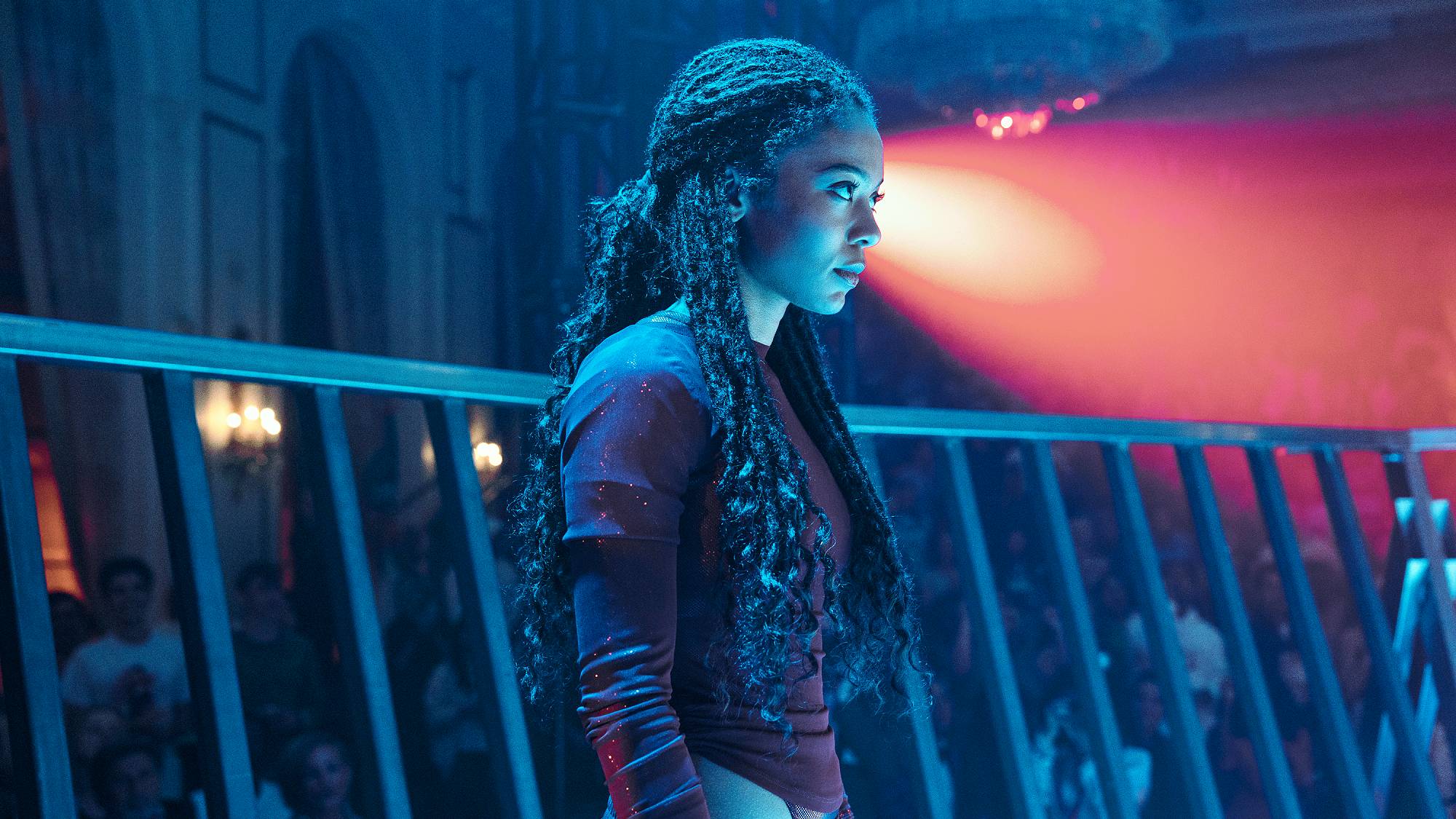ChatGPT’s AI image generator just got a huge upgrade — here’s 7 incredible examples of what it can do
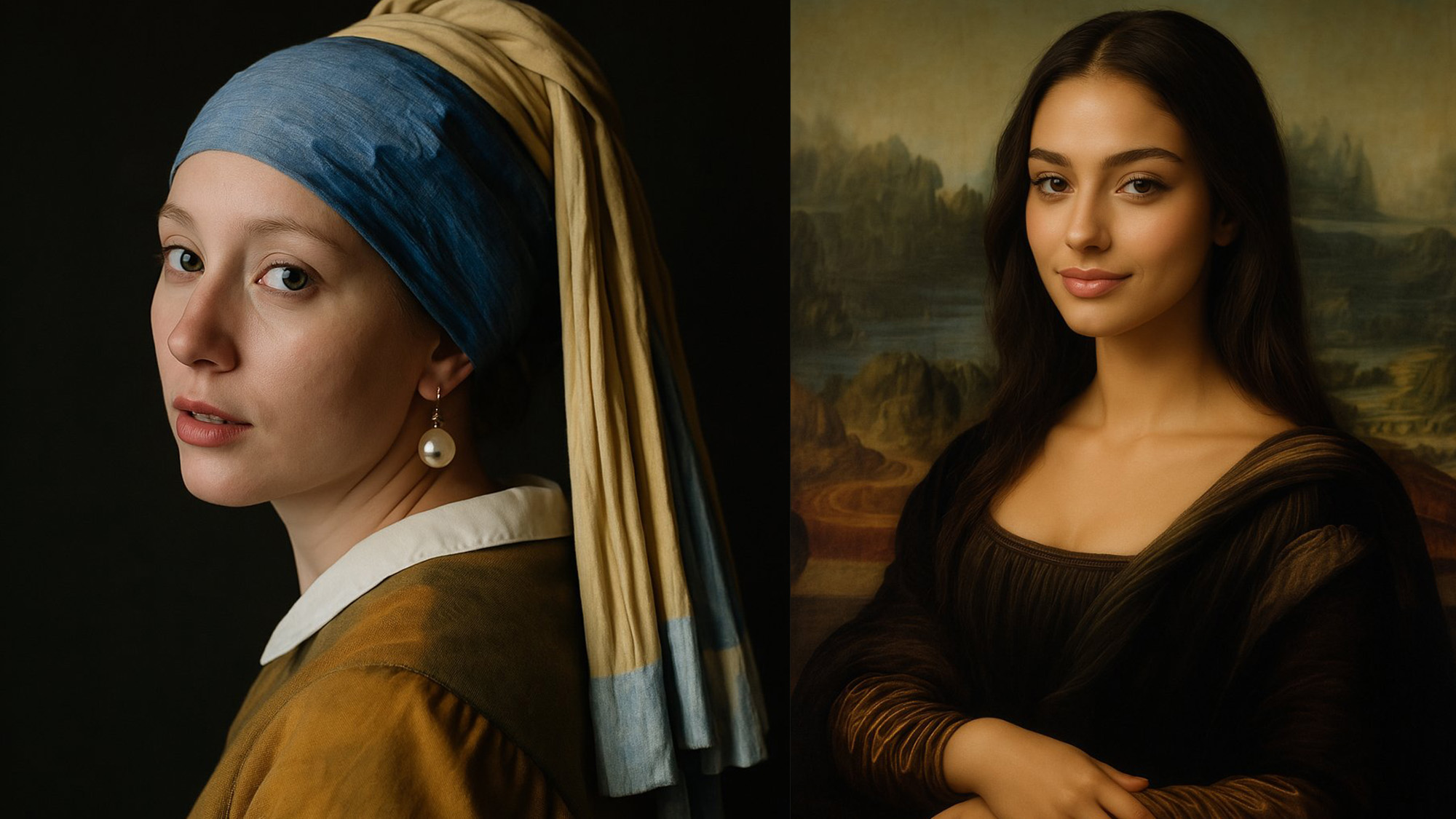
In its latest update, OpenAI loaded ChatGPT-4o with one key new feature: an upgraded image generator. The chatbot is now better, smarter, and more aware of context when it comes to making images.
The model can now use full conversations to generate images, understanding the context to design the image you want. It can also create better text in images, focus on smaller details, and is more lifelike than ever.
While it hasn’t been made available to those on ChatGPT’s free plan, users on the Pro and Plus accounts have been given full access to the new tool’s image abilities.
New images from 4o appearing on X
With access to the image generator being placed into the hands of the public, the internet has been set alight with new images. Some are strange, some highlight the flaws of the model and some are entirely terrifying.
However, for the most part, the artwork coming out of this new model is really impressive, highlighting the major improvements that have been made.
Here are some of my favorites:
1. Studio Ghibli remakes
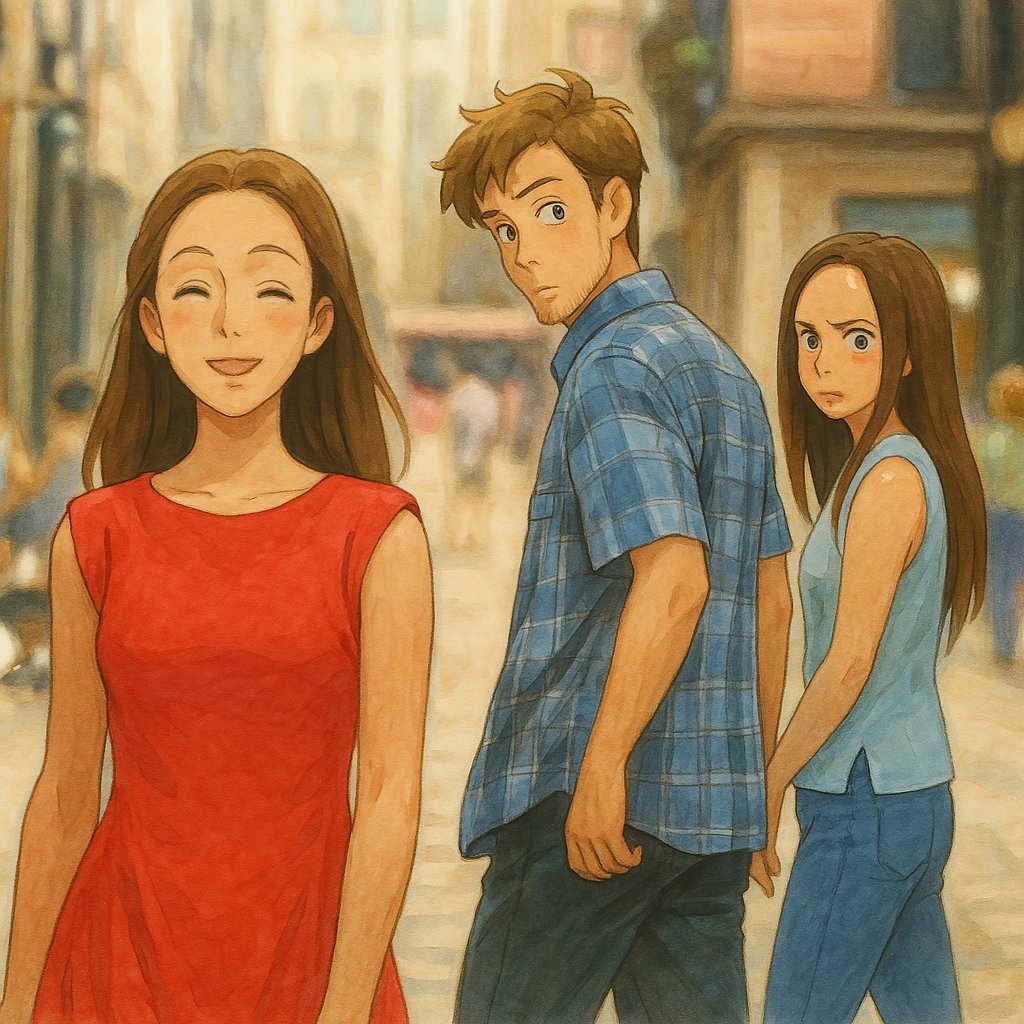
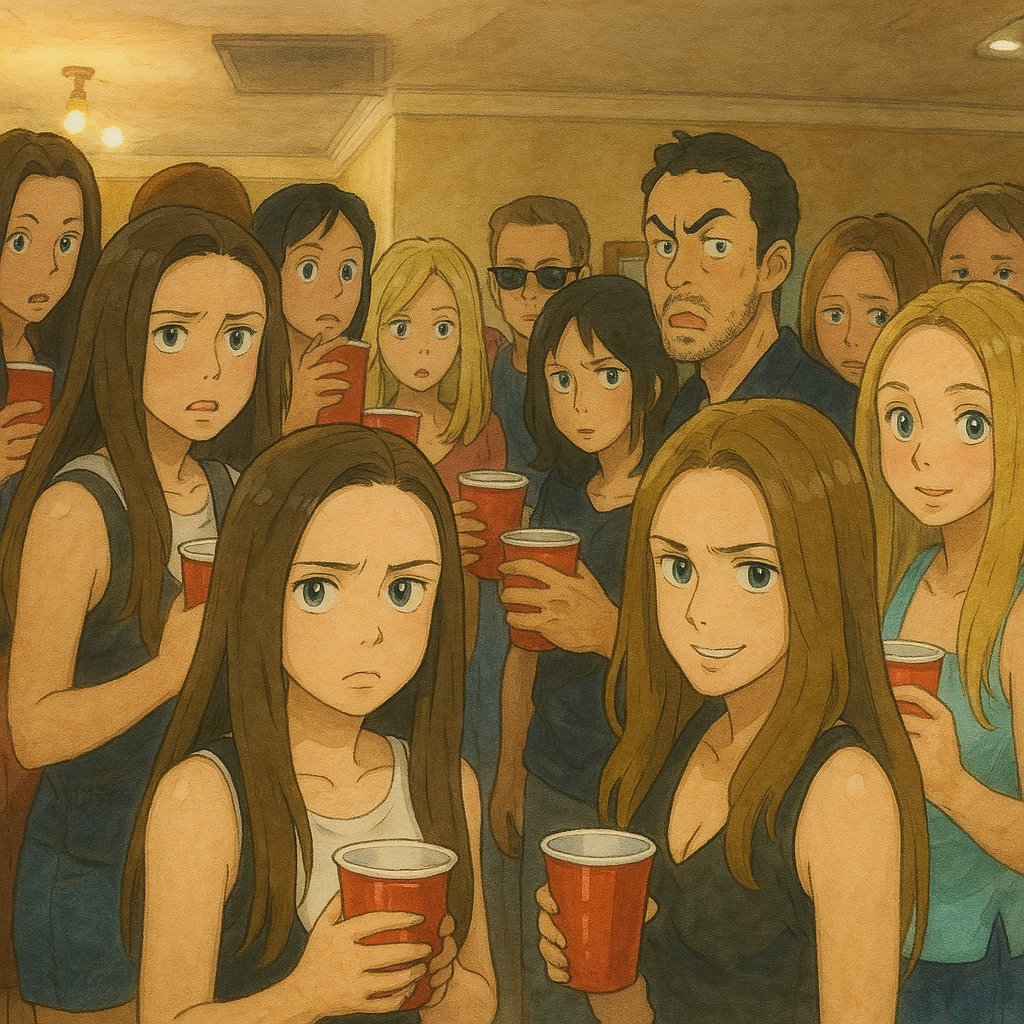
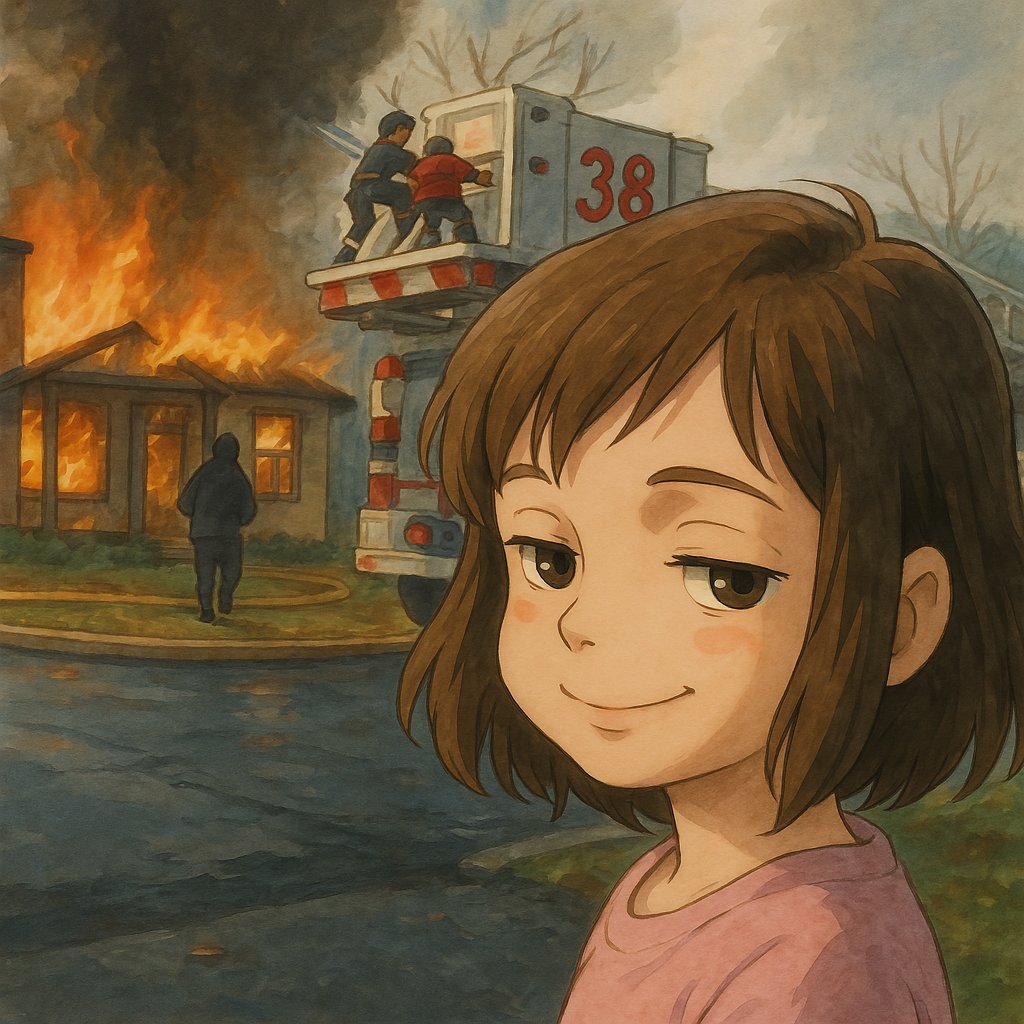
A quick search through X will show you exactly what everyone’s first image generation has been: Studio Ghibli. Whether it's turning memes into the art style of the famous anime house or transitioning selfies into the style, it has become the go-to test for the abilities of ChatGPT’s latest model.
Get instant access to breaking news, the hottest reviews, great deals and helpful tips.
There are plenty of examples out there but we especially like these examples of famous memes in the style of Studio Ghibli.
To get this art style, the user @Ranlarovich suggests the prompt “restyle image in Studio Ghibli style, keep all details”.
2. Severance book covers
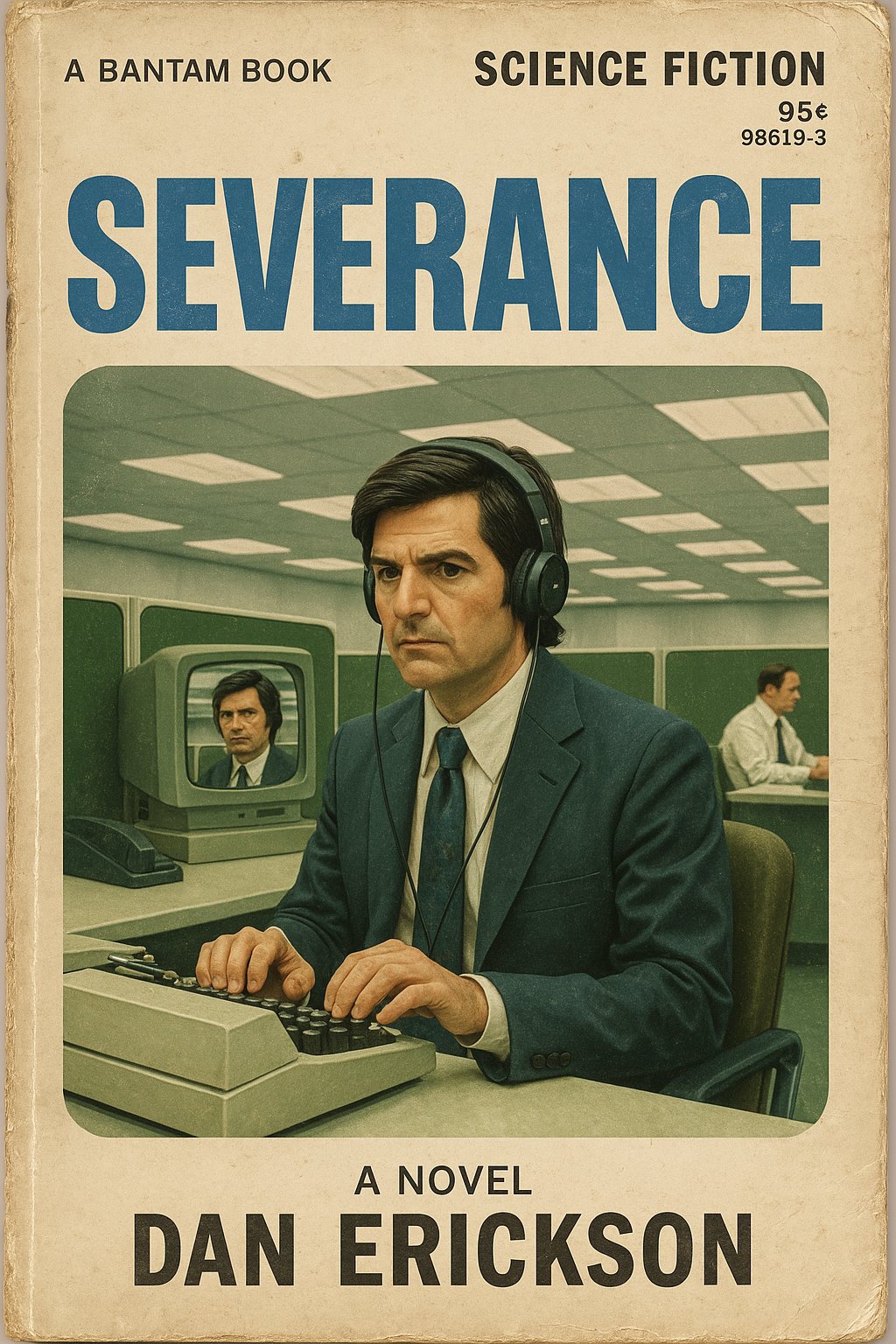
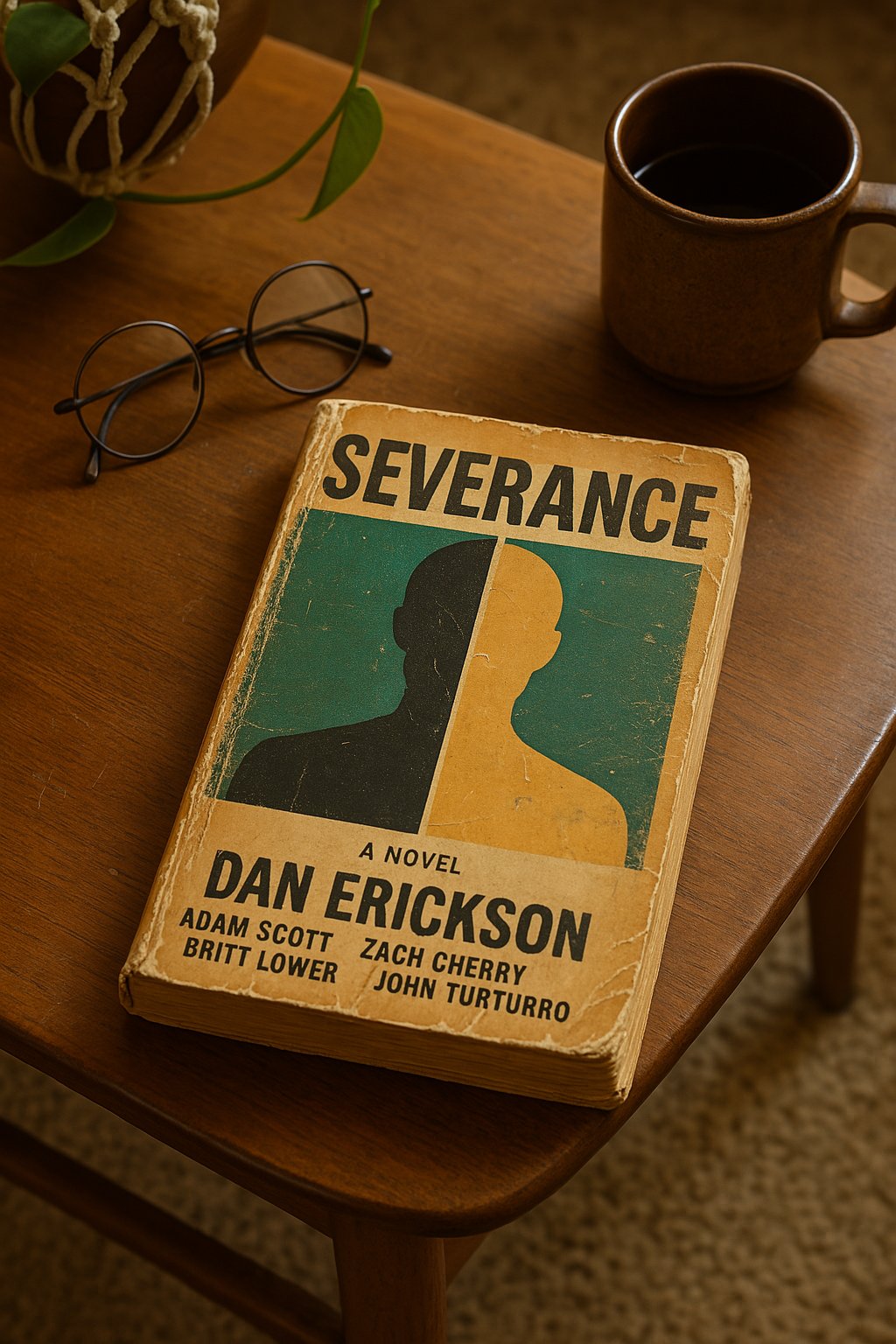
Everyone’s favorite office-based sci-fi dystopian TV show (and probably the only one, really) has been getting the AI image treatment. While many have jumped to turning the characters into a variety of different art styles, this was our favorite version.
Using the prompt “Create a book cover for the TV show Severance, make it like it’s from 1973 and slightly worn”, X user @fofrAI got two versions. Both clearly hit the criteria, showing worn books that highlight the themes of the show. The second version even includes the actor's names.
3. OpenAI employees high-fiving
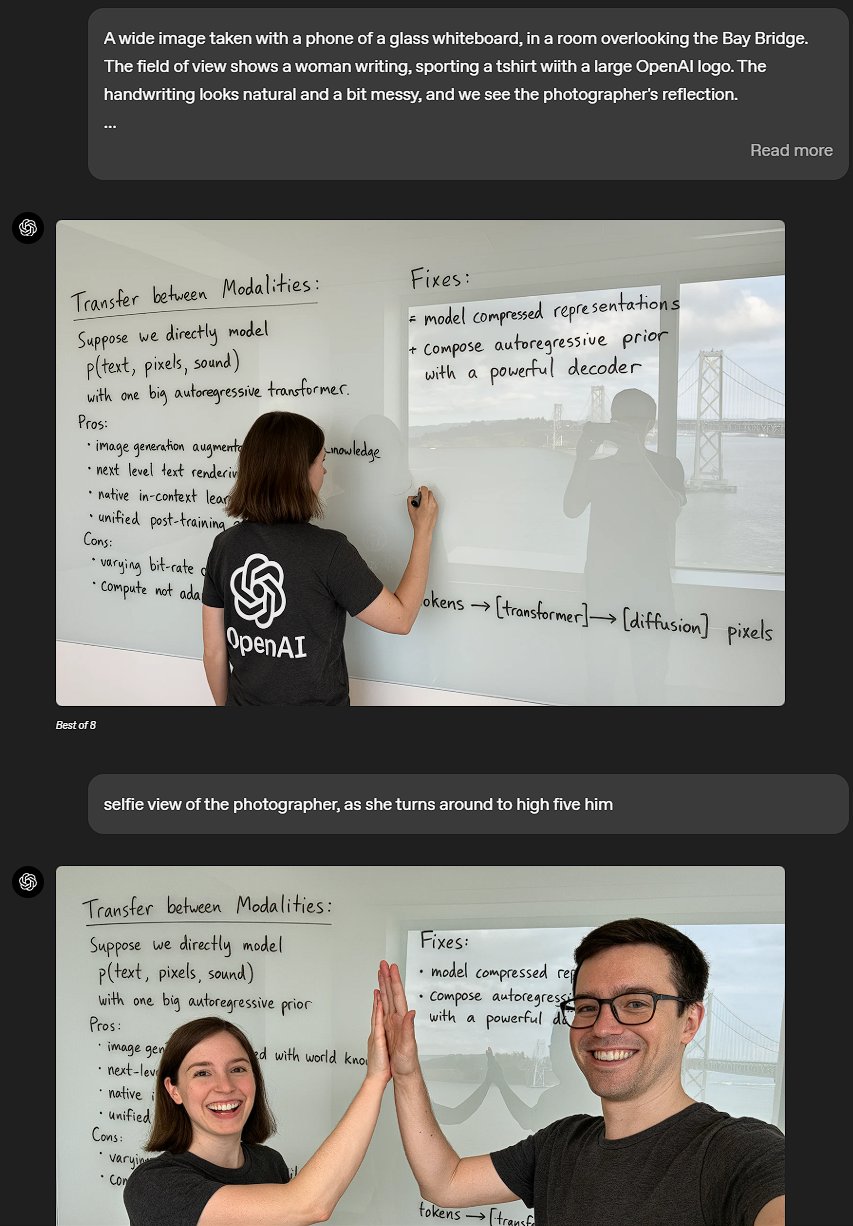
From book covers and anime-style memes to hyper-realistic images, the diversity of what has come out of this latest update is impressive. This image, originally published by the OpenAI team themselves, highlights the model’s abilities for realism.
Given the prompt “A wide image taken with a phone of a glass whiteboard, in a room overlooking the Bay Bridge. The field of view shows a woman writing, sporting a t-shirt with a large OpenAI logo. The handwriting looks natural and a bit messy, and we see the photographer’s reflection.”
What is most impressive about this image is the details. The t-shirt has the OpenAI logo and is printed within a crease of the t-shirt. All of the text on the whiteboard is readable (a problem AI images often have is illegible text) and in the reflection, you can see the bridge and photographer.
A follow-up image, created with the prompt “selfie view of the photographer, as she turns around to high-five him” is equally impressive. It shows the whiteboard (with the same text, demonstrating the model’s new memory abilities), along with the two people high-fiving.
You can still see the bridge in the reflection, allowing a reflection of the two people high-fiving. The only small issue is that the hands don’t connect properly for the high-five.
4. Realistic adverts
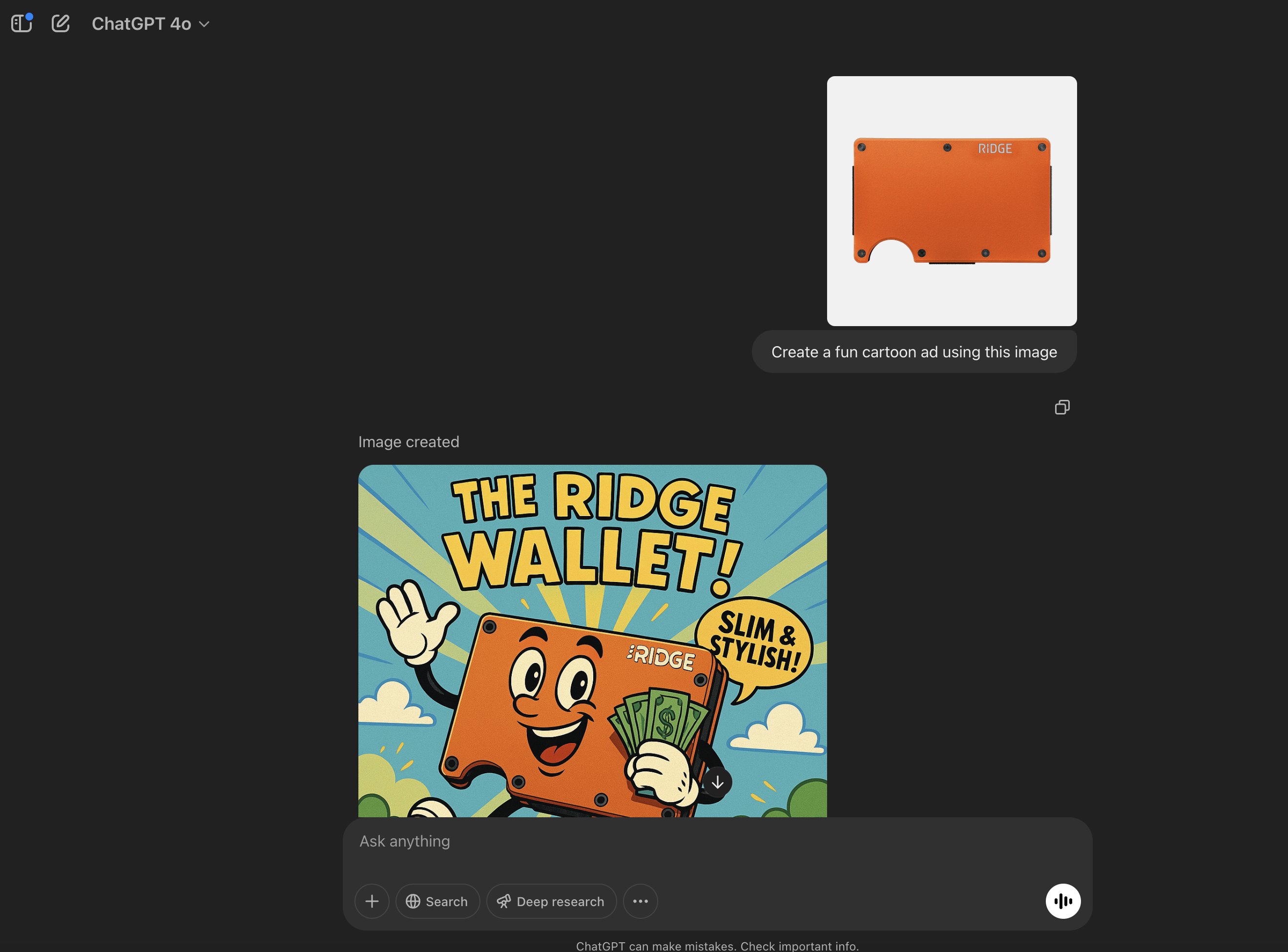
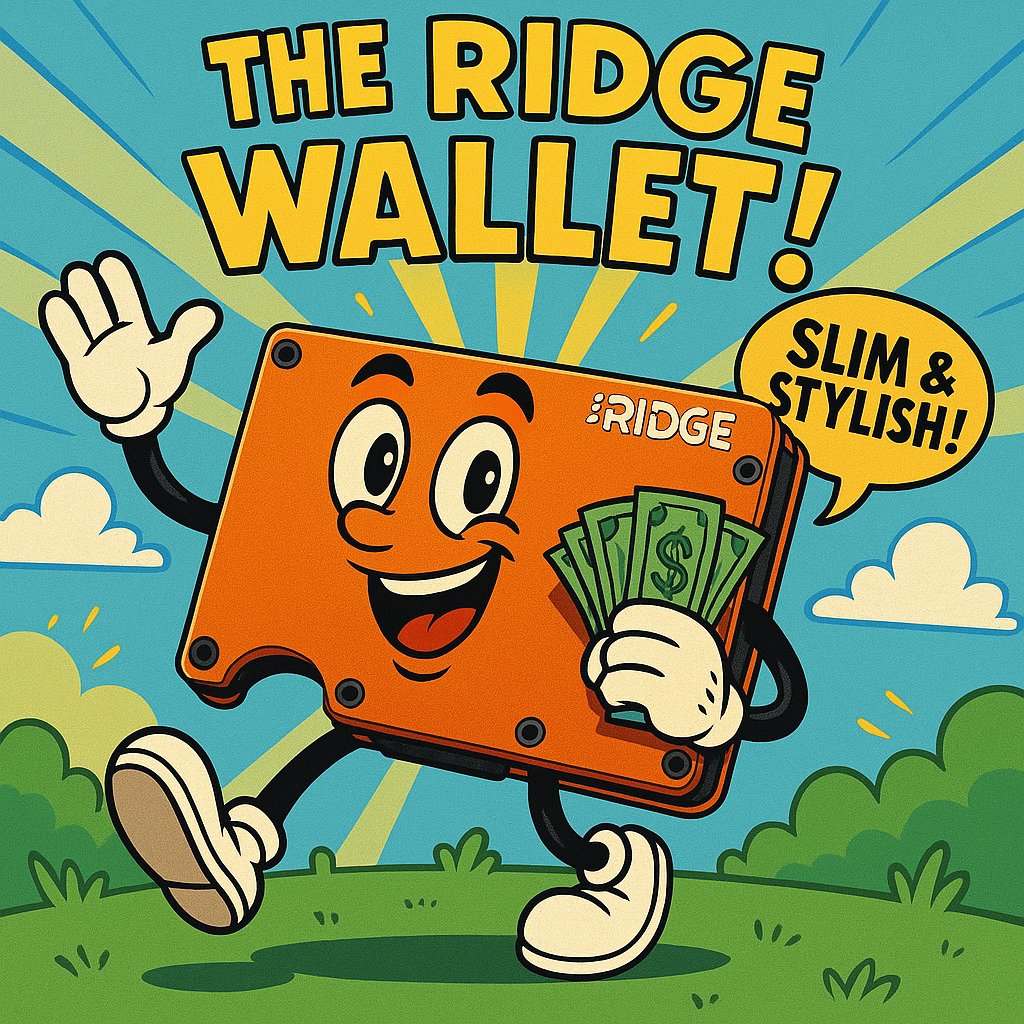
Compared to the hyperrealism above, this one is pretty simple. Given a product (a metal wallet by Ridge) and the prompt “Create a fun cartoon ad using this image”, user @jacob_posel used ChatGPT to turn the wallet into a walking character carrying some money.
It has a slogan, and a clear art style, and even keeps the exact shape, style, and branding of the product.
This is also another example of the improvements made to text generation in images in this latest model.
5. Cat Wikipedia
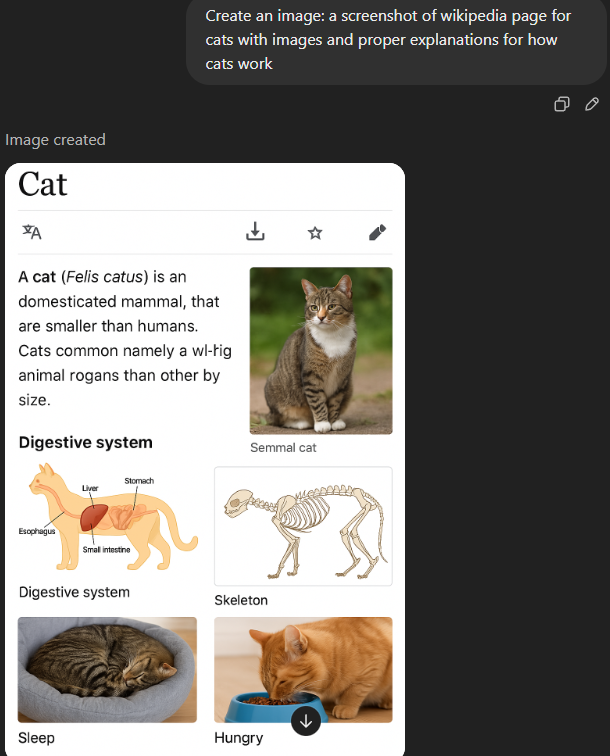
The other images in this list demonstrate ChatGPT’s ability to be creative or its dedication to realism. This one shows a different kind of skill.
The user @adonis_singh gave the prompt: “Create an image: a screenshot of a Wikipedia page for cats with images and proper explanations for how cats work”.
In response, a screenshot is given, replicating a Wiki page. The impressive part here is the combination of text, in the style and font that Wikipedia uses, paired with images of cats, both in diagrams and life-like images.
This is more a testament to the model’s ability to process multiple concepts at the same time.
6. Realistic artwork
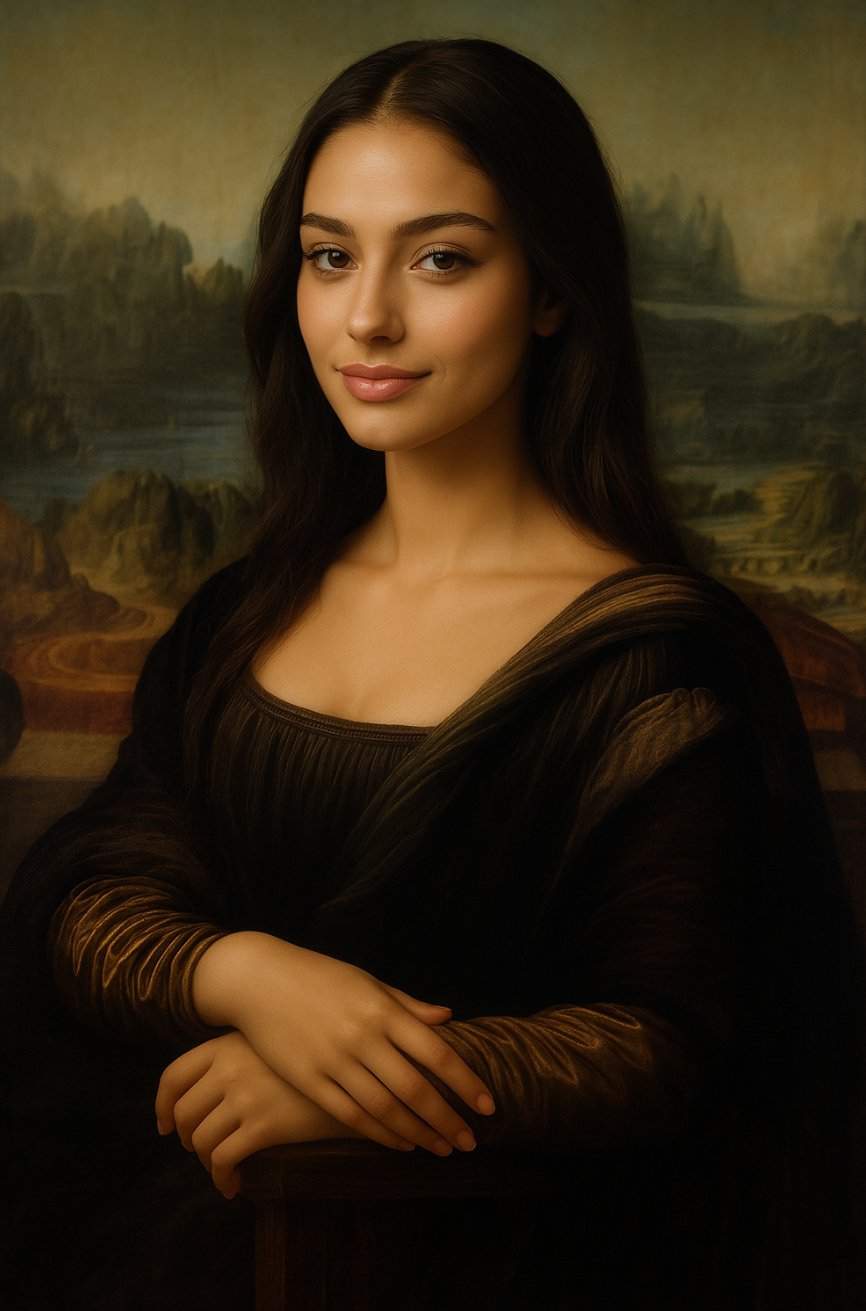
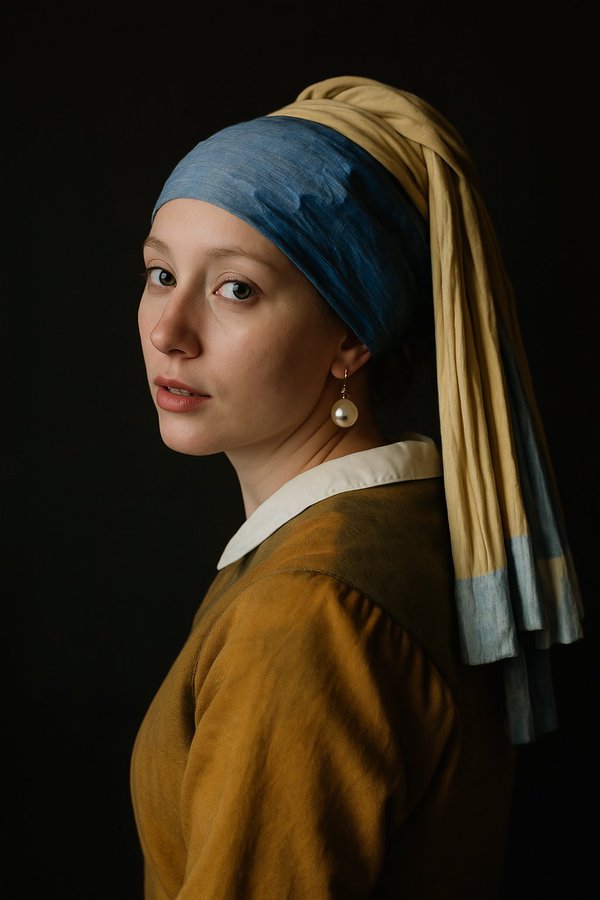
Following the trend of photorealism, X user @minchoi utilized the AI tool to turn famous pieces of artwork into realistic images of people. The Girl with a Pearl Earring turned into a lifelike person while the Mona Lisa was redesigned as a woman from modern times.
What’s especially impressive here is the attention to detail, bringing in lines in the skin, details in clothing, and accurate representation of color.
7. Memes sent back in time
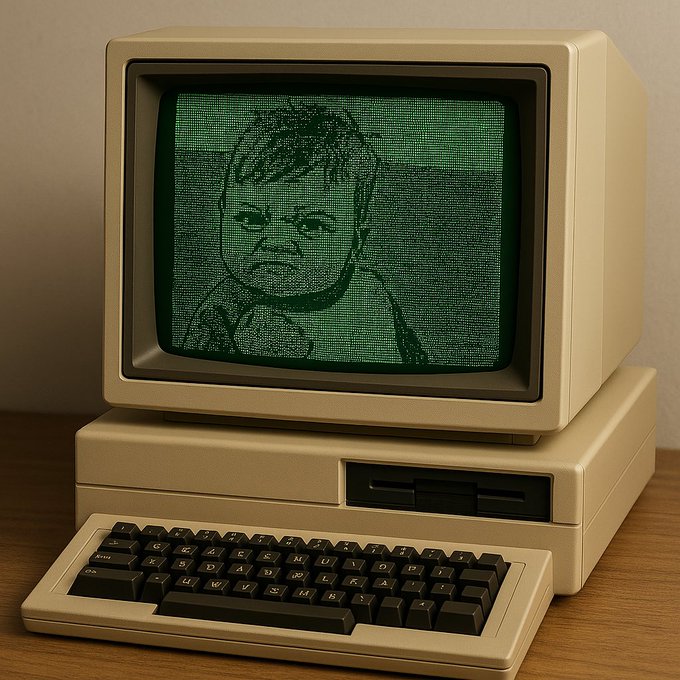
Some ChatGPT users are turning famous pieces of art into realistic images… others are recreating memes on 1980s computers.
The prompt from X user @blizbaine was “Create an image of a 1980s beige computer with a green monochrome monitor. On the screen is ASCII art of the attached image”.
On the screen is the famous meme known as "Success Kid". For those unaware, it’s a child celebrating with a very determined look on his face.
More from Tom's Guide
- I just tested ChatGPT-4o's enhanced image generator with 7 prompts — here's the results
- Microsoft 365 Copilot debuts new research tools for work: here's what that means
- I've made Gemini my primary AI tool instead of ChatGPT — here's 5 reasons why
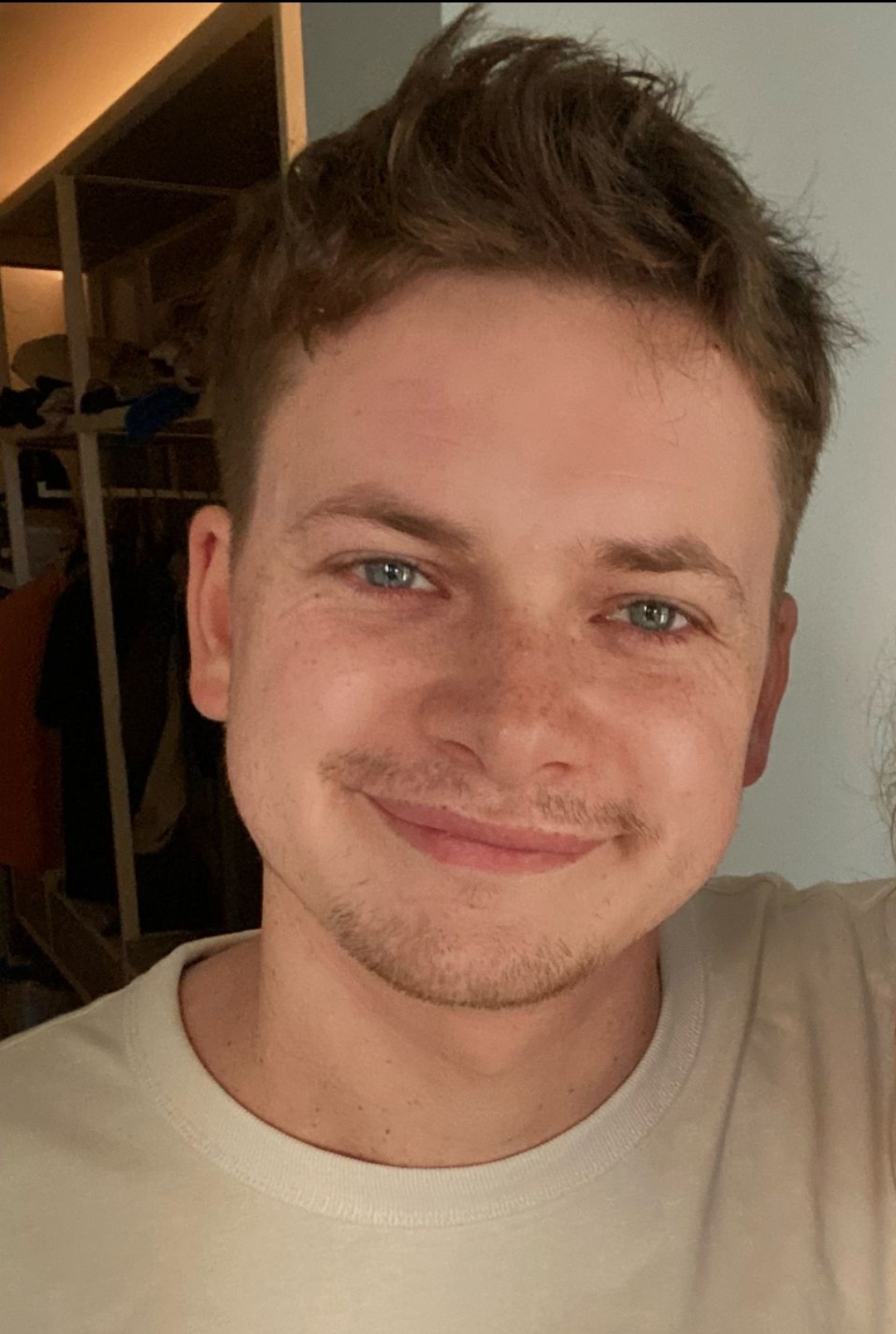
Alex is the AI editor at TomsGuide. Dialed into all things artificial intelligence in the world right now, he knows the best chatbots, the weirdest AI image generators, and the ins and outs of one of tech’s biggest topics.
Before joining the Tom’s Guide team, Alex worked for the brands TechRadar and BBC Science Focus.
He was highly commended in the Specialist Writer category at the BSME's 2023 and was part of a team to win best podcast at the BSME's 2025.
In his time as a journalist, he has covered the latest in AI and robotics, broadband deals, the potential for alien life, the science of being slapped, and just about everything in between.
When he’s not trying to wrap his head around the latest AI whitepaper, Alex pretends to be a capable runner, cook, and climber.
You must confirm your public display name before commenting
Please logout and then login again, you will then be prompted to enter your display name.





![HIDevolution [2024] ASUS ROG... HIDevolution [2024] ASUS ROG...](https://images.fie.futurecdn.net/products/848664f20a82da37ee7b66f813eb40cdef2cfcf5-100-80.jpg.webp)




